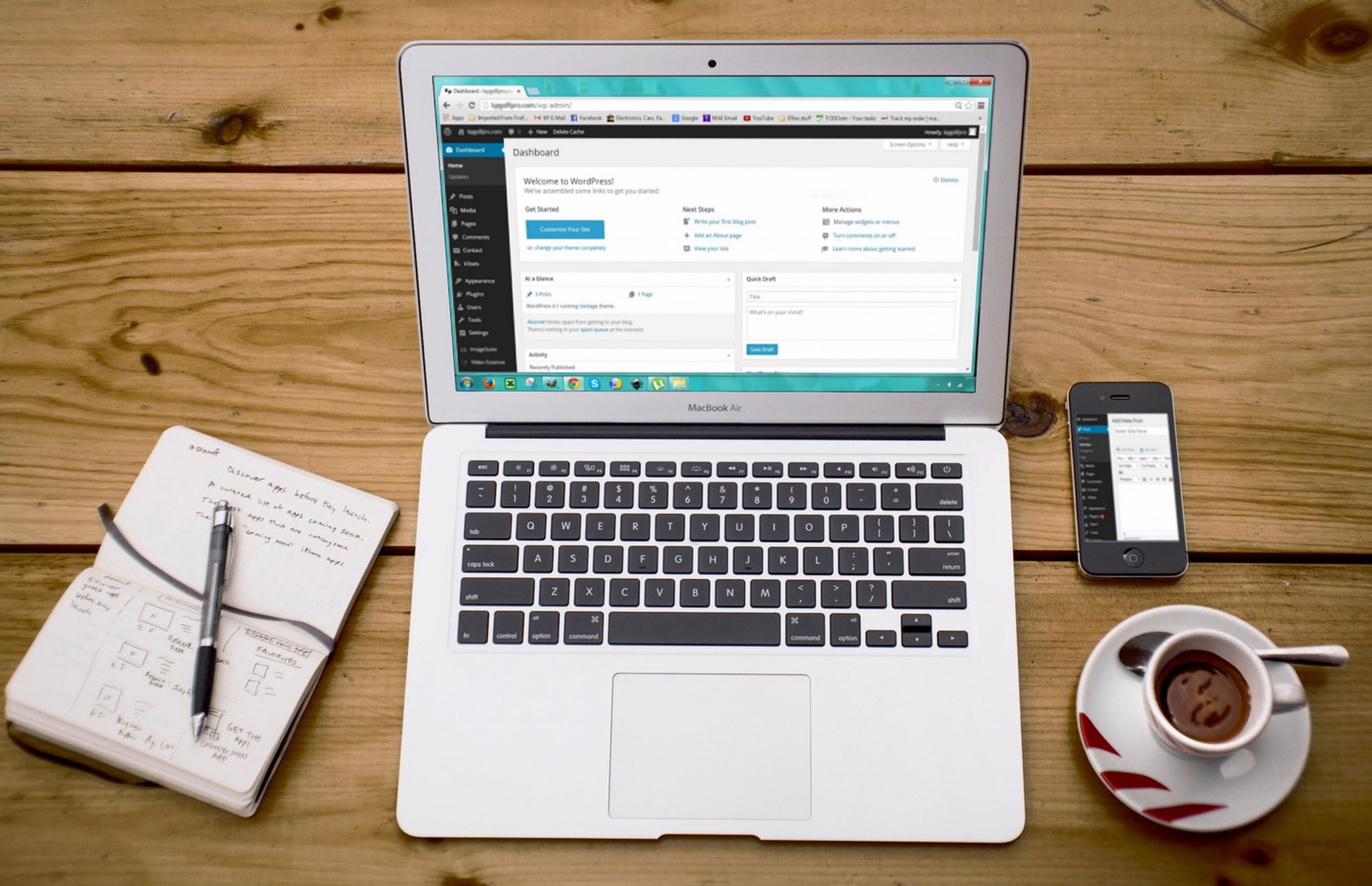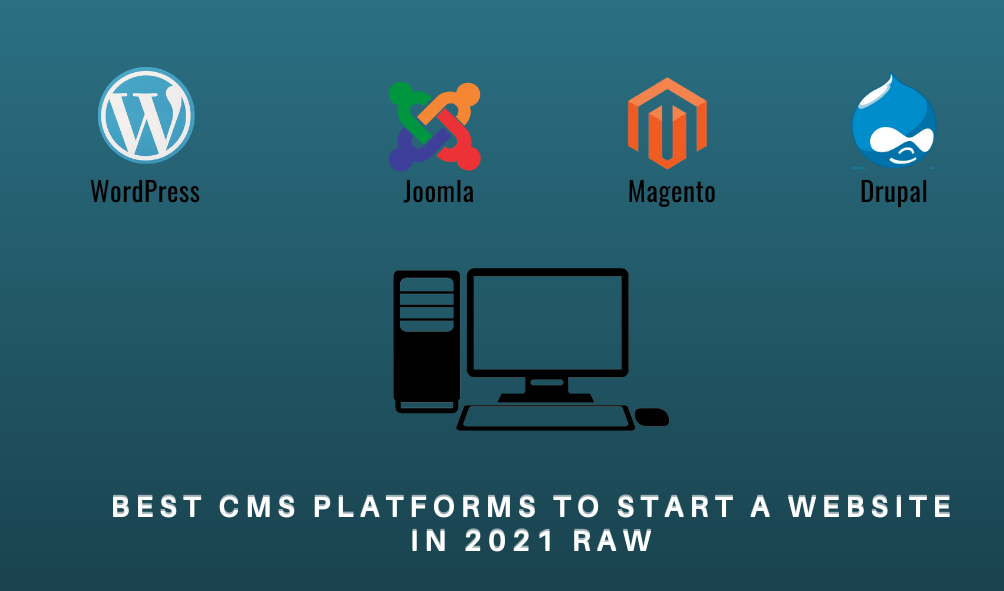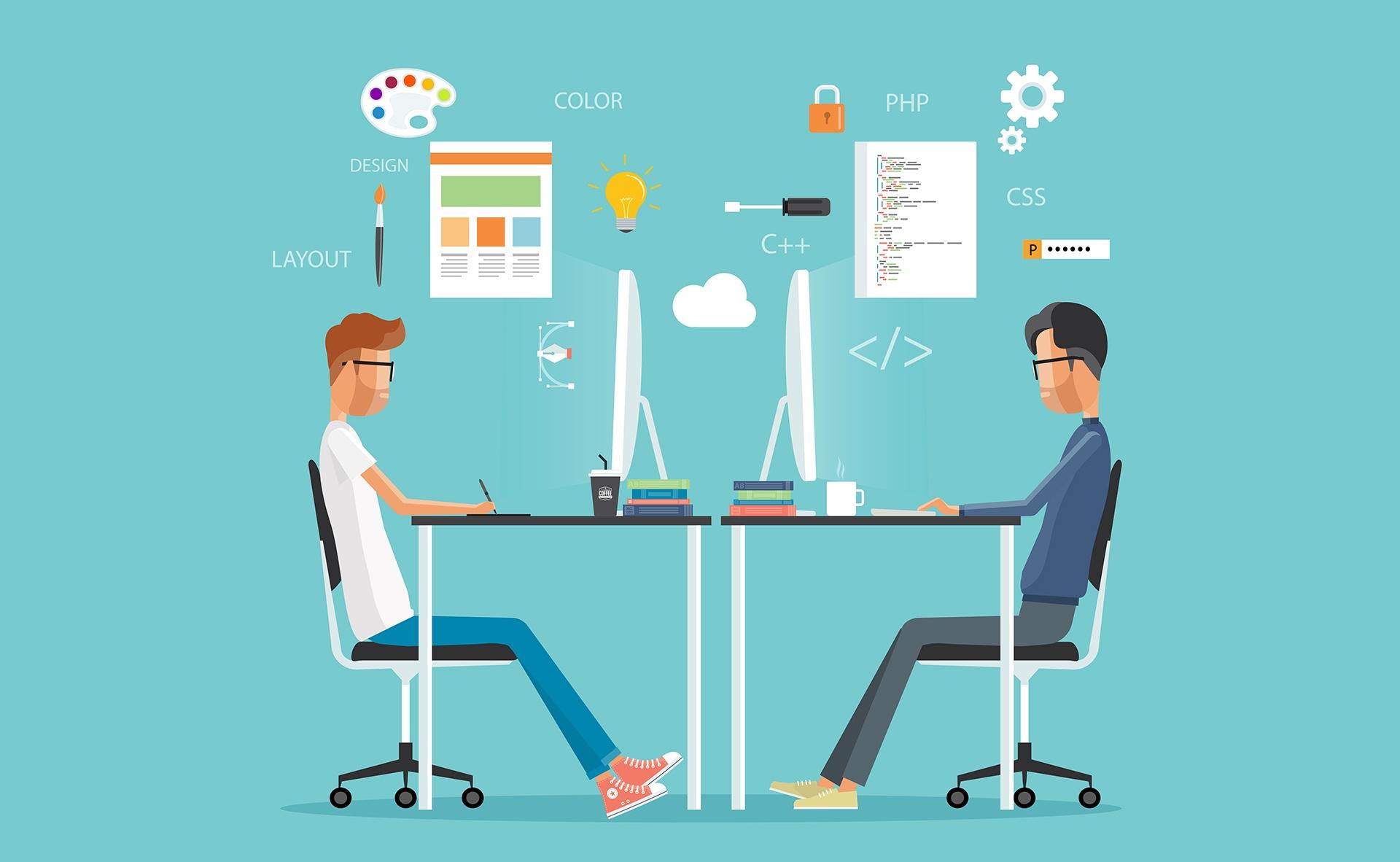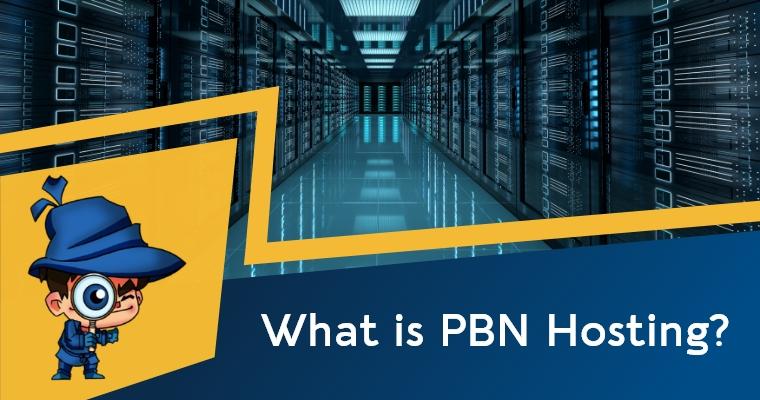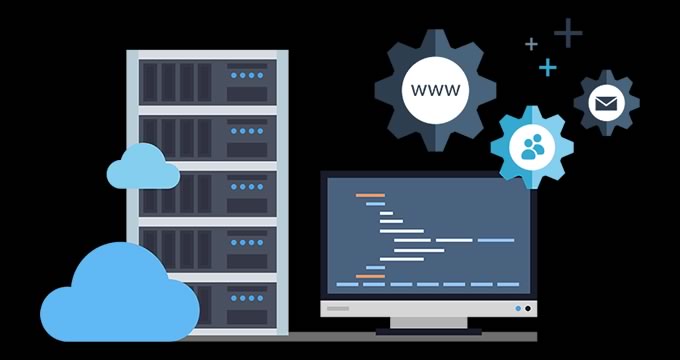How to Avoid Bugs When Updating Your WP Website?

Index Of The Blog
Avoid Bugs When Updating Your WP Website

It goes without saying that WordPress is constantly evolving and growing, especially because of the content marketing industry. That means that the platform is being updated all the time. Sometimes there are some new features, sometimes there is a need to resolve some security issues, and sometimes developers just want to create a better overall experience when using the WordPress website. Avoid Bugs When Updating Your WP Website. That way, we are always up to date. But, in most cases, those updates come with many bugs that can make working on WordPress a living nightmare. And, at times, users lose some of their data, their sites break or they experience some downtime. Of course, this is something we all want to avoid. Thus, if you are interested in how to avoid bugs when updating your WordPress website, keep on reading.
Do Not Make an Upgrade on a Live Install
Many people who are new at this, are faced with this problem. Making an upgrade on a live install most often does not result in success. You will end up with a botched update attempt. And, even worse, your visitors will end up refreshing your empty, white screen. Avoid Bugs When Updating Your WP Website. Yes, that is a great way to lose potential customers, unfortunately. Thus, to avoid these kinds of bugs, never use new updates on your website’s newest copies. Use them on a remote copy instead. You should also build the so-called ‘sandbox environment’ which will serve as a place where bugs can happen, but will not affect your traffic and your customer’s experience on your website. If you have never done this before, it is a good idea to let professionals handle software and avoid trouble.
Always update your remote copies first! Alt.tag: An ‘update sign’.
Skip All the Major Updates, In the Beginning
Of course, eventually, we will have to update our WordPress website in order to increase reachability. But, the focus here is on the beginning, that is, on the first release of updates. This is because they have not been shared with all the users just yet. Yes, even though, those new updates come with great new features that are designed for better user experience, they also come with many bugs, errors, and conflicts. Avoid Bugs When Updating Your WP Website. After the major update has been released, you should wait for all those minor updates that follow. Those updates are there to address the bugs. So, if possible, wait for those minor updates to come if you want to avoid all those bugs when updating your WordPress website. It is also important to mention that you should never wait to install your security updates. Installing them too late can cause you even bigger problems than bugs.
Always Use Child Themes
If you are a WordPress Alternatives beginner, you are probably wondering what is a child theme, right? Well, simply, that is a sub-theme that has all the same features and characteristics of its parent theme. The major difference between them is that you can use your child themes to safely modify or change without making any changes to the parent theme. But, if you change your parent theme, that modification and update will be applied to everything. So, it should be your common practice to never edit and update your core files directly.
If you have to make any changes to your WordPress, do it on your child themes. Alt.tag: A laptop.
Update Your WordPress Manually
By default, WordPress has automatic updates. And, these are enabling new updates whenever there is a new release. Yes, many WordPress users say that this is a convenient feature as they do not have to do anything. But, the truth is, these automatic updates are not always useful nor helpful. As previously mentioned, when major updates occur, they are not shared with a large audience, so if you are one of those few who get a new update, you will have trouble with your site. Avoid Bugs When Updating Your WP Website. And, you will have to wait for those minor updates in order to fix your bugs. So, change your WordPress configurations and choose a manual update instead of an automatic one. You can do that by editing wp-config.php, which is laid out in the WordPress Codex.
Make Sure Your Most Important Plugins are Compatible
It goes without saying that WordPress plugins are very important in terms of the site’s functionality and also, its design. And, sometimes, if there is an upgrade not suitable for your plugins, they will have a ‘tantrum’. So, in order to avoid these bugs and your headaches, check whether your plugins work well, or are they compatible, with the new WordPress upgrade. But, how does one do that? Well, first you have to deactivate any new plugins you have installed or the ones that have been installed automatically. Then, go to your live site, and see whether the problem is fixed. If it is not, reactivate that plugin and deactivate the second one on the list. You should keep doing this until you find your culprit, that is until you find the plugin that is causing all the problems.
Always make sure your plugins are in accordance with your WordPress website. Alt.tag: WordPress plugins.
Always Back Up Your WordPress Website
Backing up your WordPress website before updating is of key importance! And, it is something that can not be emphasized enough! This is important because if something goes wrong with your latest update, you can always go back to your previous functioning version without losing anything. Also, bear in mind that there are two parts of WordPress that need to be preserved and backed up – the files on the server and the database. The easiest way to back up the files on the server and the database manually is to download everything to your computer, that is, to your desktop. You can also do this automatically if you have that feature activated. Whichever option you prefer – manual or automatic – just make sure you always back everything up before you update your WordPress website.
Author Bio:
Mark Collins is a professional programmer and web designer. He does most of his work as a freelancer. In his free time, he writes content for his blog on various tech-related topics. He is also a husband, father of three and a dog owner.


